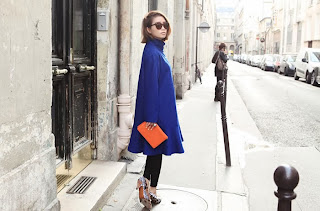by Emma Francois
Last fall as I walked on to North American University Campuses it shocked me
to see that they were everywhere as fashion statements! Longchamp bags!!! I thought the fashion had died as a fashion statement years ago. This is when I realized I had experienced a "brand culture shock!" Brands that are totally out of vogue in one country turn out to be hip and hot in another. Brands that are mass market brands in another country turn up as exclusive in another. So much for global brand consistency!
The Longchamp bag in my campus example is “Le Pliage” in medium size. On campuses, the girls who wore it had very refined, exclusive and had elegant taste in fashion. This is in direct contrast to my experience back home. I have lived in France for 10 years, and the Longchamp Le Pliage image there sure isn't close to being the same. Although many other Longchamp bags have remained a symbol of
classism in France, the opposite is true for “Le Pliage”. In fact, it is the bag of choice for "whatever main street", partly due to its lower price. As a result, the Le Pliage bag is not associated with the refined, exclusive, and elegant user imagery that it has in North America. In France, the bag is just seem as a simple, sporty and practical bag. When I talked to some of the North American campus girls wearing the bags, what struck me most was that they associated Longchamp romanticized classy fashion view of France. Yet, in France, very few would want Le Pliage to be a representing brand of the country! To all my new North American Longchamp wearers I say, "Vive Le Pliage"!




